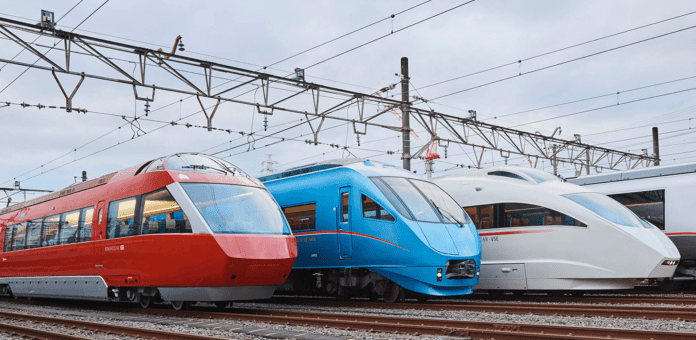Japan-based train company and railway operator Odakyu Electric Railway is trialling machine vision technology from Nokia to improve safety at rail crossings.
The firm has started testing at the Tamagawa Gakuenmae No.8 railroad crossingin Machida City, in Tokyo. It is using ‘scene analytics’ software from Nokia to apply machine learning to video images, to monitor the junction and detect abnormal events in real time. The work will continue through March.
Nokia’s so-called SpaceTime scene analytics tool, developed by Nokia Bell Labs, also offers real-time alerts for unauthorized entry into remote facilities, and alerts supervisors about access to unsafe locations or when heavy machinery is out of position creating a potential hazard.
Nokia acquired California-based IoT analytics firm SpaceTime Insight, which used the same name, almost two years ago (May, 2018). SpaceTime Insight offers data analytics and machine learning to gauge the health of industrial assets, and to predict failures and optimize maintenance schedules. Its clients include the likes of FedEx, NextEra Energy, Singapore Power and Union Pacific Railroad, among others.
The Odakyu setup in Tokyo leans heavily on edge computing for real-time image processing. The use of on-site compute power to process images also reduces bandwidth at remote railway sites, which may have limited connectivity.
Odakyu Electric Railway has 229 crossing points across 120.5 kilometers of track, with 137 radar systems for object detection. It wants to make the Odakyu Line, from Shinjuku in central Tokyo to the city of Odawara, the “est rail company in Japan”, it said.
John Harrington, head of Nokia in Japan, said: “Odakyu Electric Railway is an early adopter of new technology. This trial illustrates the role AI can play in delivering enhanced levels of vigilance. This is a critical milestone for Nokia to help contribute not only to railway safety improvement but also to decrease operational costs and enhance performance.”
He added: “Network connected cameras are one of the most prolific sources of IoT data that can provide valuable insights to help promote high safety standards. By running machine learning analytics on camera feeds, and sending solely relevant scenes and events to operators, the full benefits of video surveillance can be realized in a wide variety of settings – with rail crossings a particularly relevant use case.”

